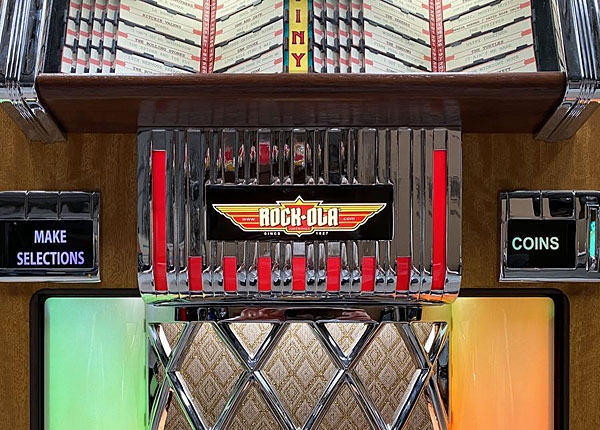| Columns Retired Columns & Blogs |
"Data sent by Ethernet are delivered in packets, which must then be unpacked and reconstructed and, for audio data, reclocked. Right now, that's all happening inside my network-enabled DAC. But how good a job does it do? Good enough to ensure optimal DAC performance? Would I be better off with a separate device that accepts Ethernet data, conditions and reclocks it, and sends it to my server over an audio interface such as AES/EBU? Would that give me better sound?"
Not sure why the worry about this. Modern streaming devices, even a simple Raspberry Pi streamer would be able to handle the relatively low bitrates for lossless audio-only streaming, even for stereo "hi-res" (or multichannel for that matter).
Unless there is some evidence that there's an issues, you're more likely to see worse performance such as with jitter by introducing the AES/EBU route.










































